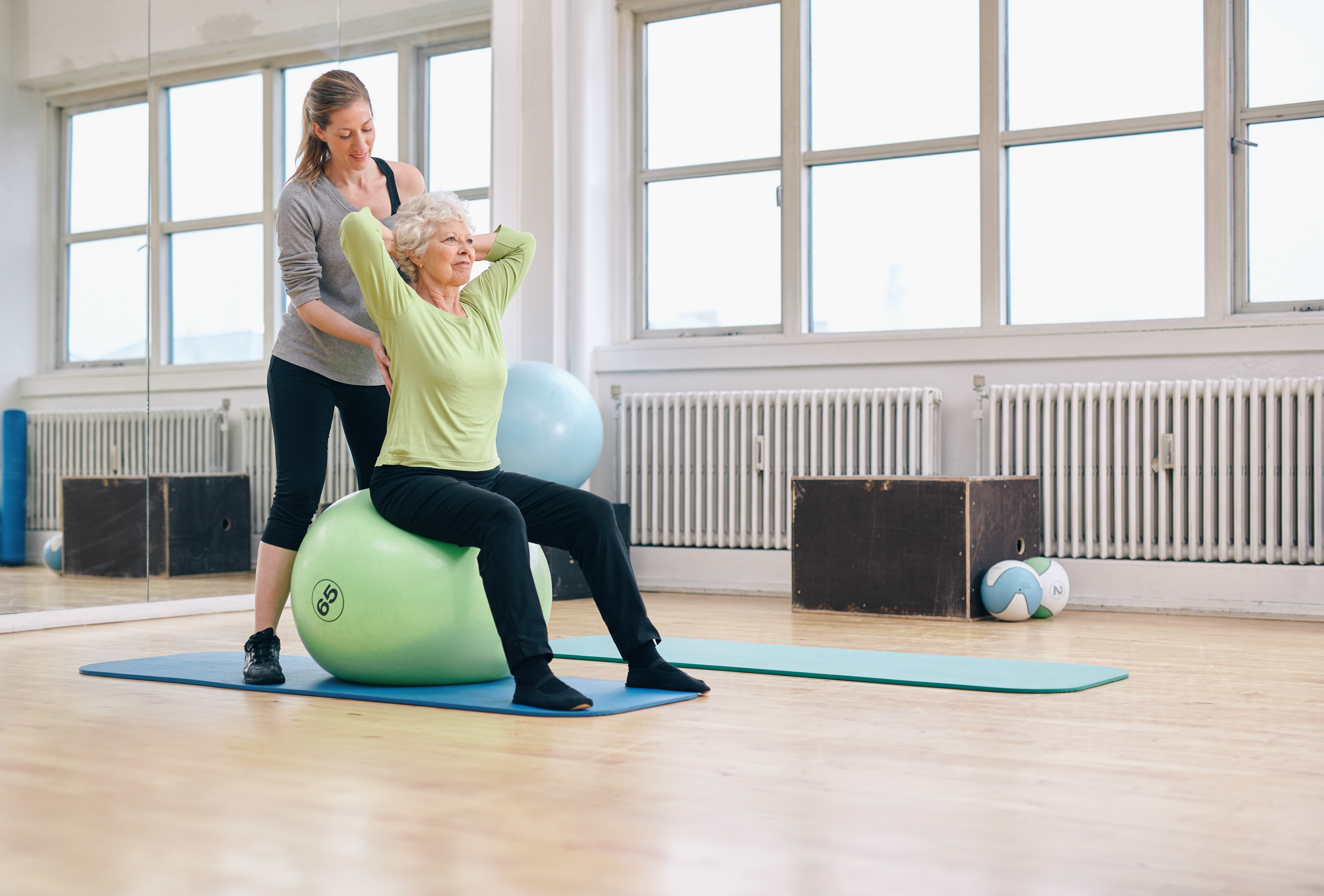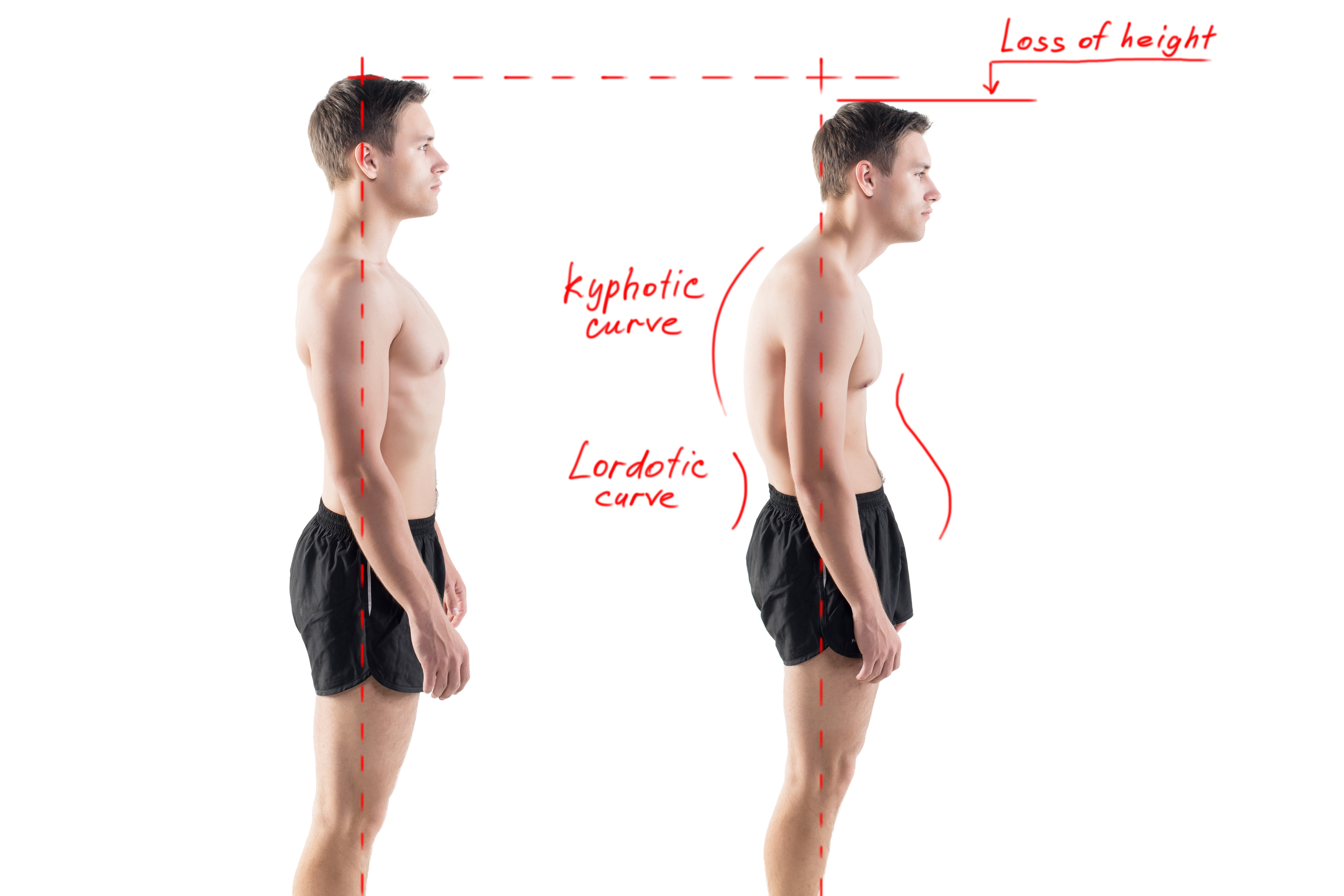Clinical Pilates for Neck Pain
The neck is an area where most people have experienced pain at some point over their lifetime. Consider two of the important survival functions of the neck; firstly, the neck obviously supports and moves the head and, secondly, the nerves to and from the brain move through the cervical spine. This shows you the conflicting but important jobs of the neck… it needs to be flexible and mobile but also strong and supportive.
The neck can be the cause of numerous problems
In addition to this, the large muscles of the neck extend into the shoulders, back and rib cage and their functions overlap, i.e. muscles that lift the shoulders can also bend or turn the neck. This why neck pain is often described as extending into the shoulders, between the shoulder blades or to the collarbone. And also quite critically, because of the nerves passing through the neck, neck pathology can and often does present as headache, arm pain and even wrist or hand pain.
Ideal neck posture
A neutral position for the neck is a gentle forward curve with your ears over (not in front of) your shoulders. This curve develops while we are babies, beginning to hold our heads up to look at the world. The muscles of the shoulders, neck and spine are in balance when the neck is in this neutral posture.
The layers of neck muscles range from superficial to deep. There are two general principles relating to these muscle groups:
- The superficial neck muscles tend to be bigger and do the moving (i.e. lift the shoulder or turn the head) these include
- The deeper neck muscles tend to be smaller and do the stabilising (i.e. keeping your eyes level) or postural support (i.e. supporting the bones of the spine).



It’s also important to remember the neck has a FRONT and a BACK. Usually poor posture results in the back muscles ending up tight and shortened while the front are lengthened and weak.
Pilates helps address neck problems in many ways
The reason I’m sharing all this anatomy with you is that it informs the Pilates exercises given to you to address neck pain and stiffness.
Typically neck pain coincides with:
1) a lack of strength or stamina in the deep neck muscles that flex (bend) the neck – Pilates can help with that…
2) an inability to extend through the thoracic cage due to tight chest muscles (e.g. pectorals) or weak extensor muscles – Pilates can help with that…
3) poor recruitment of postural trunk and core muscles that help keep you erect and strong yet flexible – Pilates can help with that…
This video shows how some of the surprising ways the exercises we give you in Pilates addresses your neck pain or stiffness by improving your posture
A holistic approach is more effective
When poor posture is a factor, the neck, back and trunk need to be considered together because you can’t build a solid house on wonky foundations. By taking a holistic approach we ensure that all relevant areas are addressed, this gives us the best chance of creating a sustained improvement in your pain.
If you’re suffering with neck pain, why not give us a call on 03 8370 3044. We’re highly experienced in helping patients recover well from these types of injuries and we’d love to help you feel good again!
Want to know more?
You can learn more about the MOH approach to neck pain and improving neck function by checking out blogs in the MOH Neck series;
- Functional Osteopathic assessment of the Neck
- Osteopathic treatment of Neck Pain
- Mobility exercises for Neck Pain
- Building Neck Strength
- Myotherapy for Neck Pain
For more information, ideas and exercises check out our Health Tips blog.



